Measurements: Scent bottle: L: 4.75in (12cm). Casket L: 7in (18cm), W:4in (10cm), H: 3in (7.5cm)
Condition: Scent bottle: Excellent, no damage, screw threaded stopper closes tightly. Casket: Generally good, considering age and fragility. Some losses to straw work on lid and one foot. Most likely darker now than when made.
This was probably made with only a penknife and the workmanship is outstanding. How the screw threads for the stopper were made is difficult to conceive.
Napoleonic prisoner-of-war camps became industry hubs, with inmates often engaged in various forms of craftsmanship to pass the time and, in some cases, to contribute to the local economy. One of the notable items crafted by French and other prisoners of war during this period was intricate bone and straw work. Prisoners displayed remarkable skill in creating small decorative items such as boxes, models, and trinkets using bones from their rations and straw readily available in the camps. These delicate creations served as both a form of artistic expression and a means of barter within the camps, where prisoners exchanged their handcrafted goods for necessities or other items.
Another common product of Napoleonic prisoner-of-war craftsmanship was ship models made from bone and wood. With limited resources, prisoners painstakingly crafted intricate models of ships, often reproducing vessels from their home countries or the nations of their captors. These models showcased the prisoners' attention to detail and craftsmanship, serving as both a testament to their skills and a tangible link to their maritime heritage. Some of these models found their way into local markets, where they were sold as curiosities or souvenirs to the civilian population.
In addition to these smaller items, some prisoners of war engaged in more substantial crafts, such as woodworking and metalworking. Skilled artisans among the captives produced furniture, tools, and metalwork items, sometimes sold or traded outside the prison camps. These goods not only demonstrated the resilience and resourcefulness of the prisoners but also contributed to the economic activity of the regions surrounding the camps. The items made by Napoleonic prisoners of war stand as tangible artifacts of their captivity, showcasing the creativity and adaptability of individuals facing adversity during this tumultuous period in history.


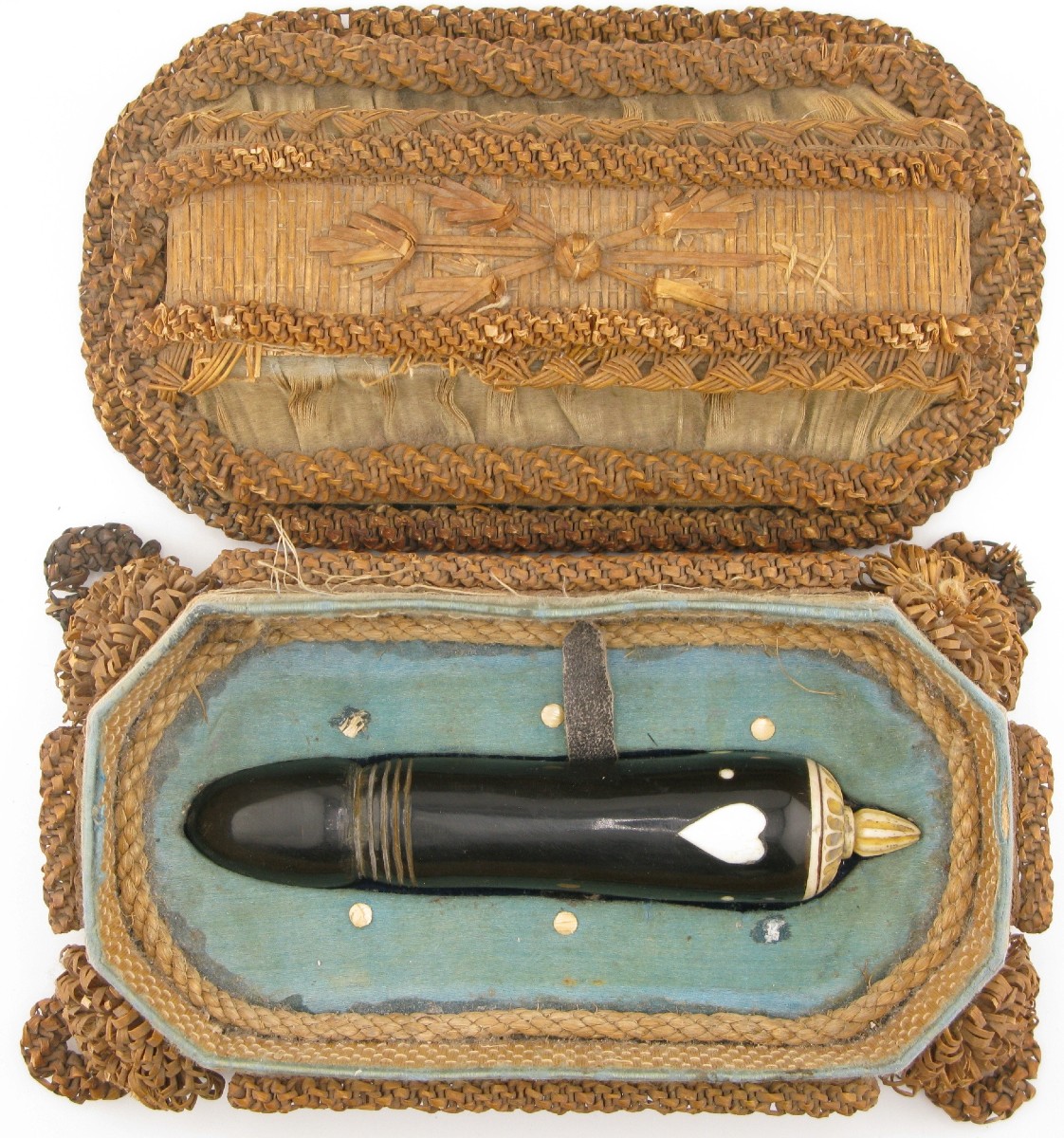
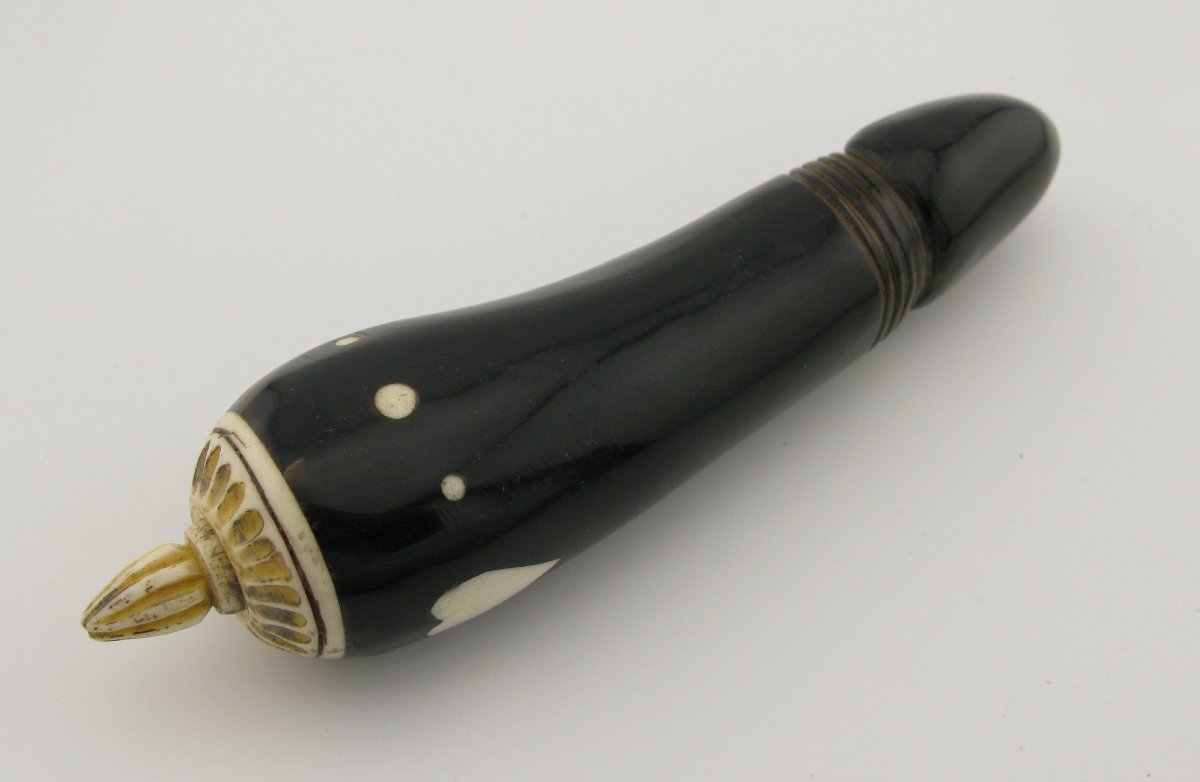
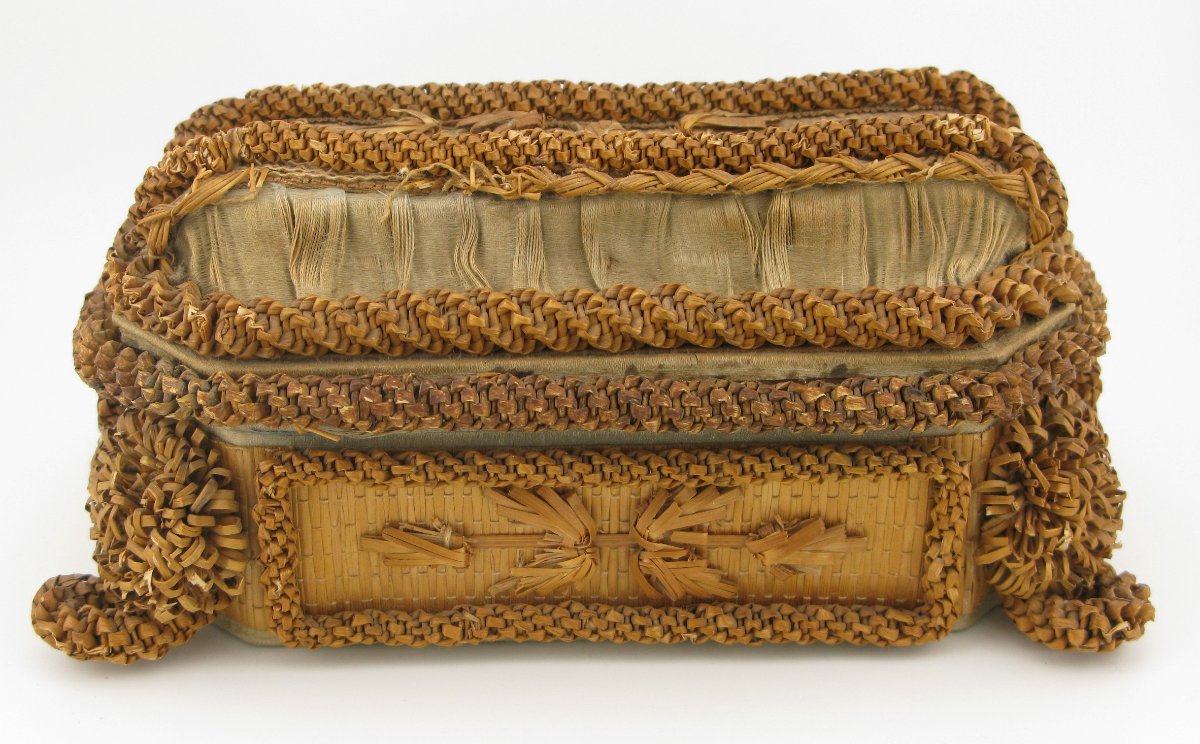
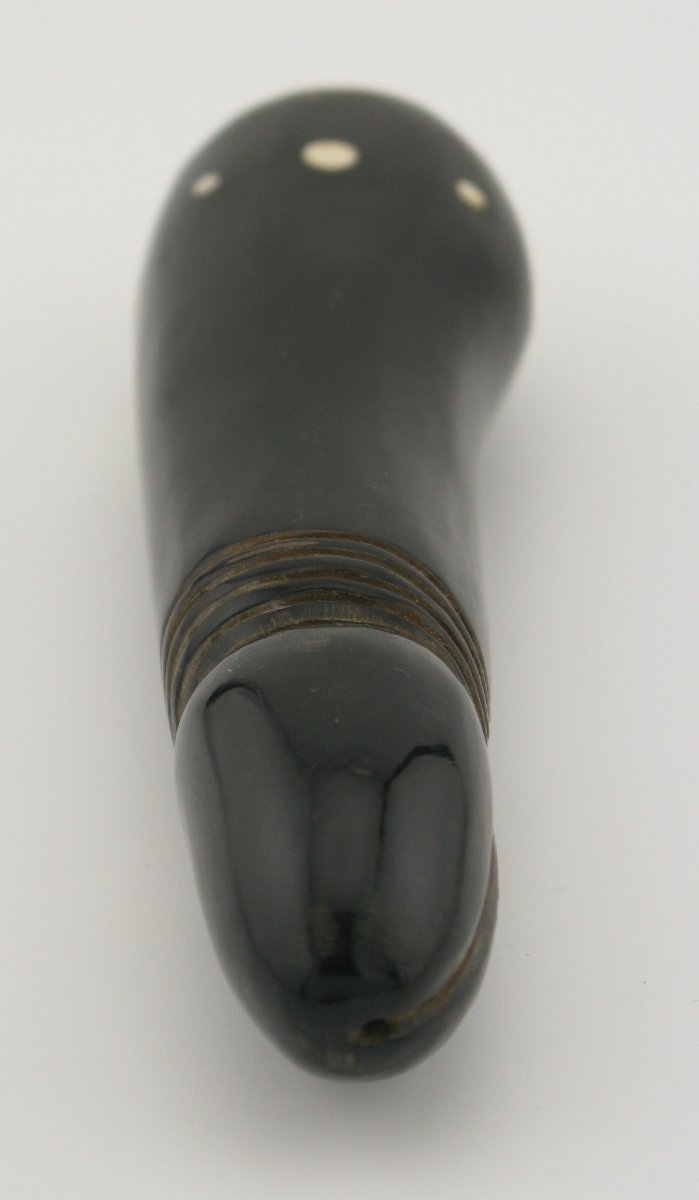

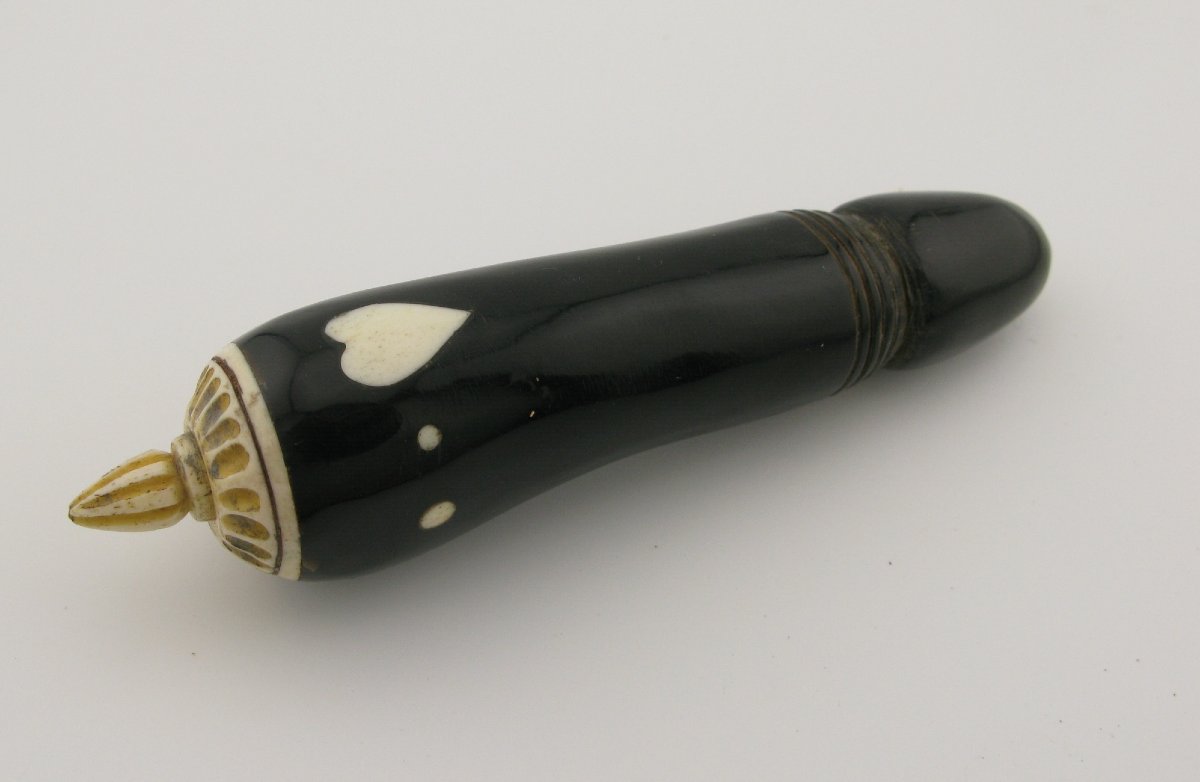

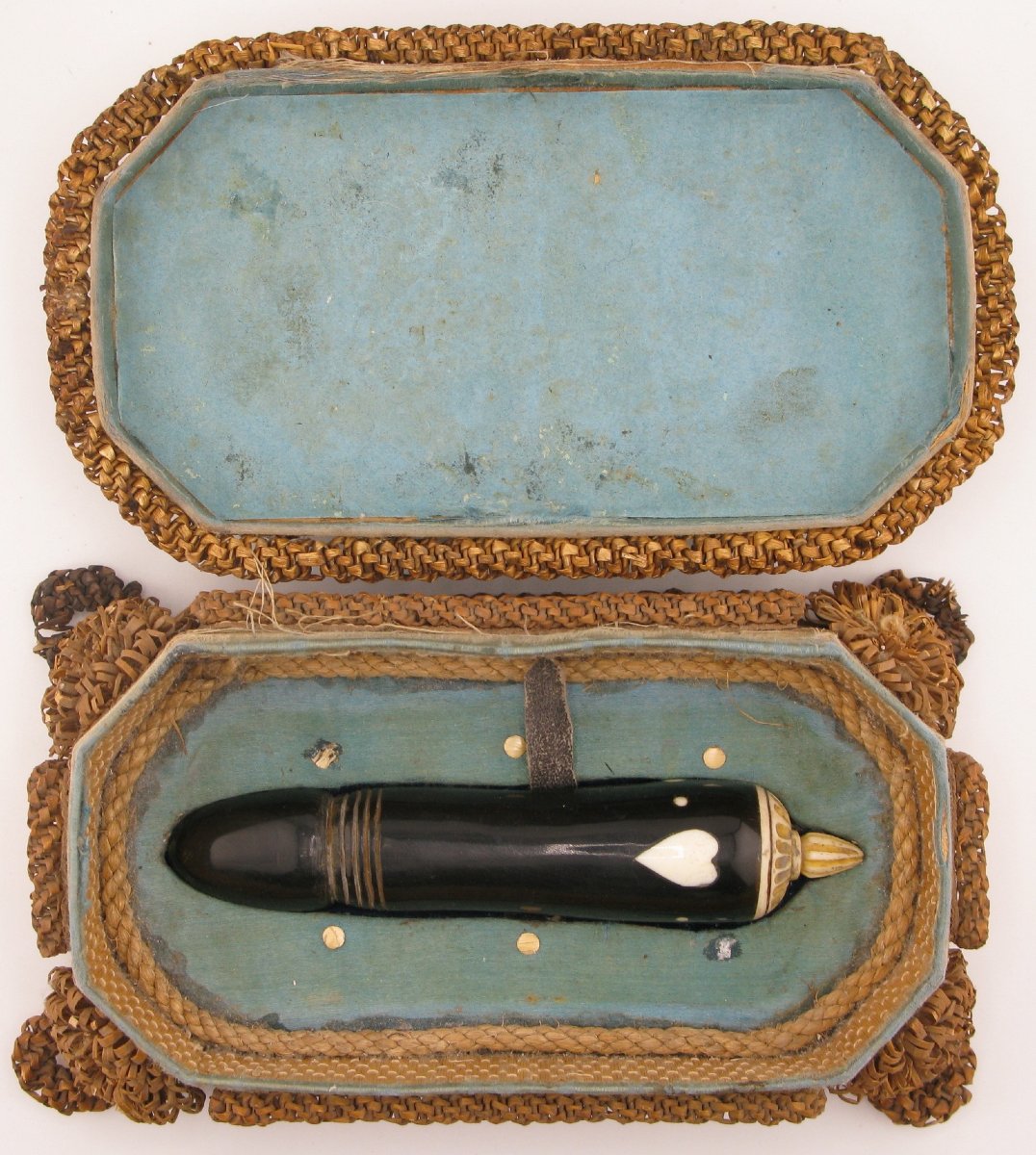
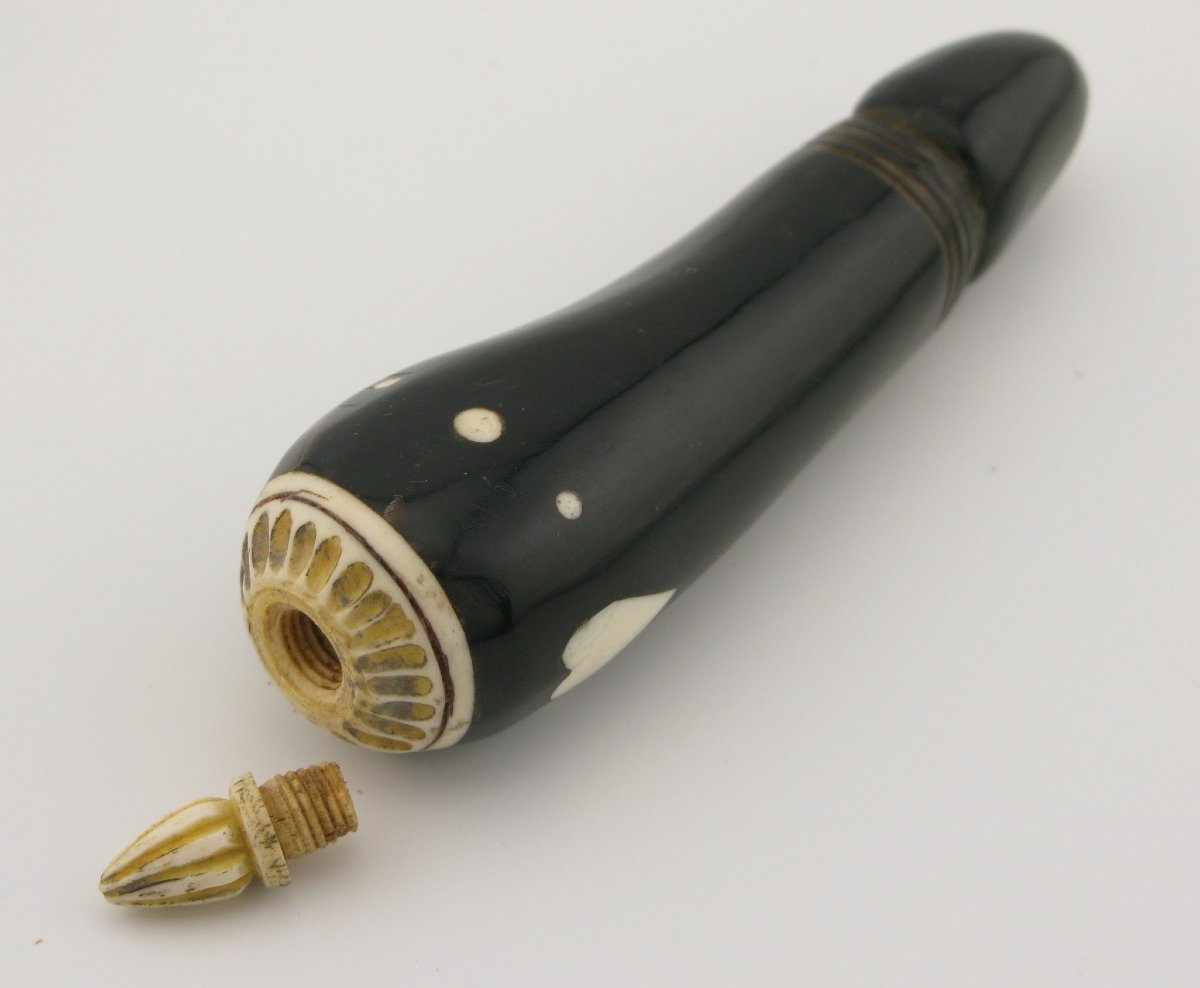
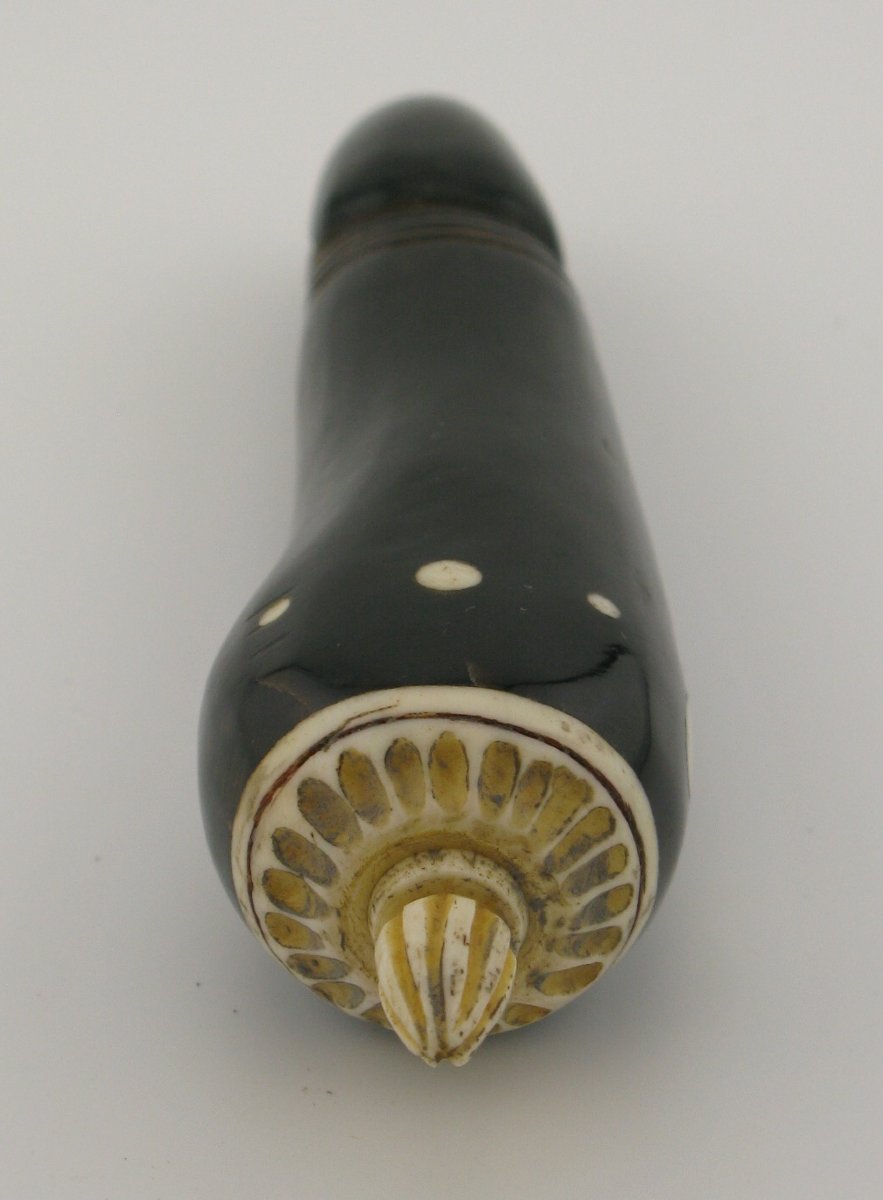
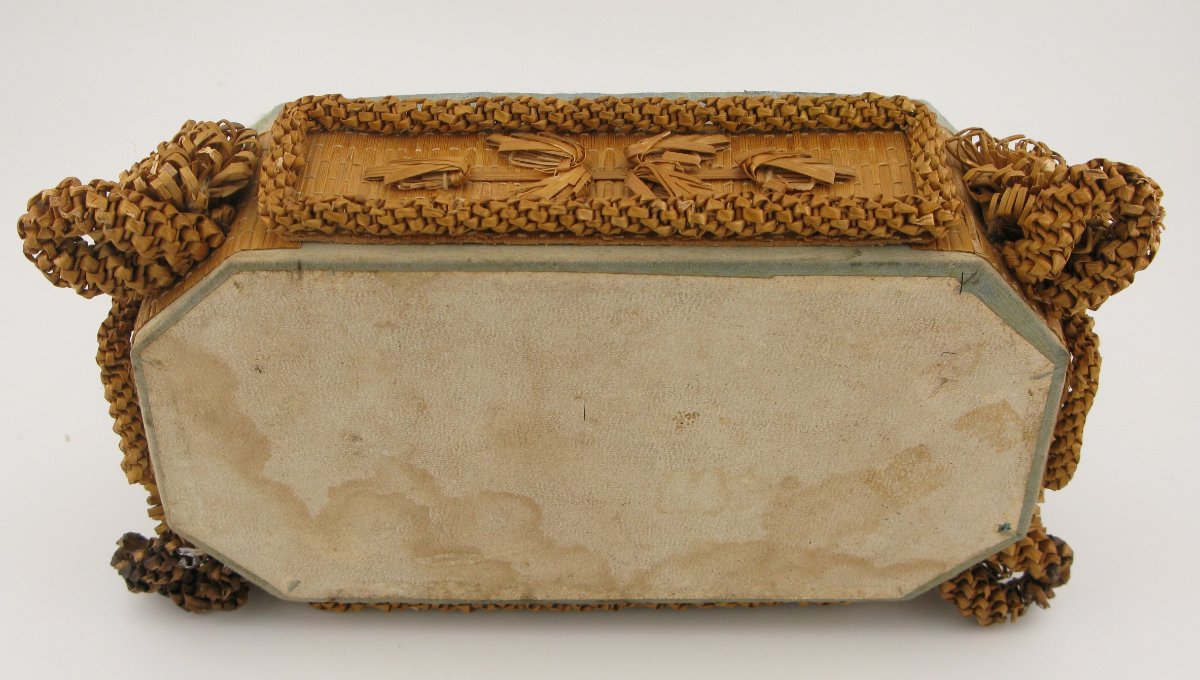
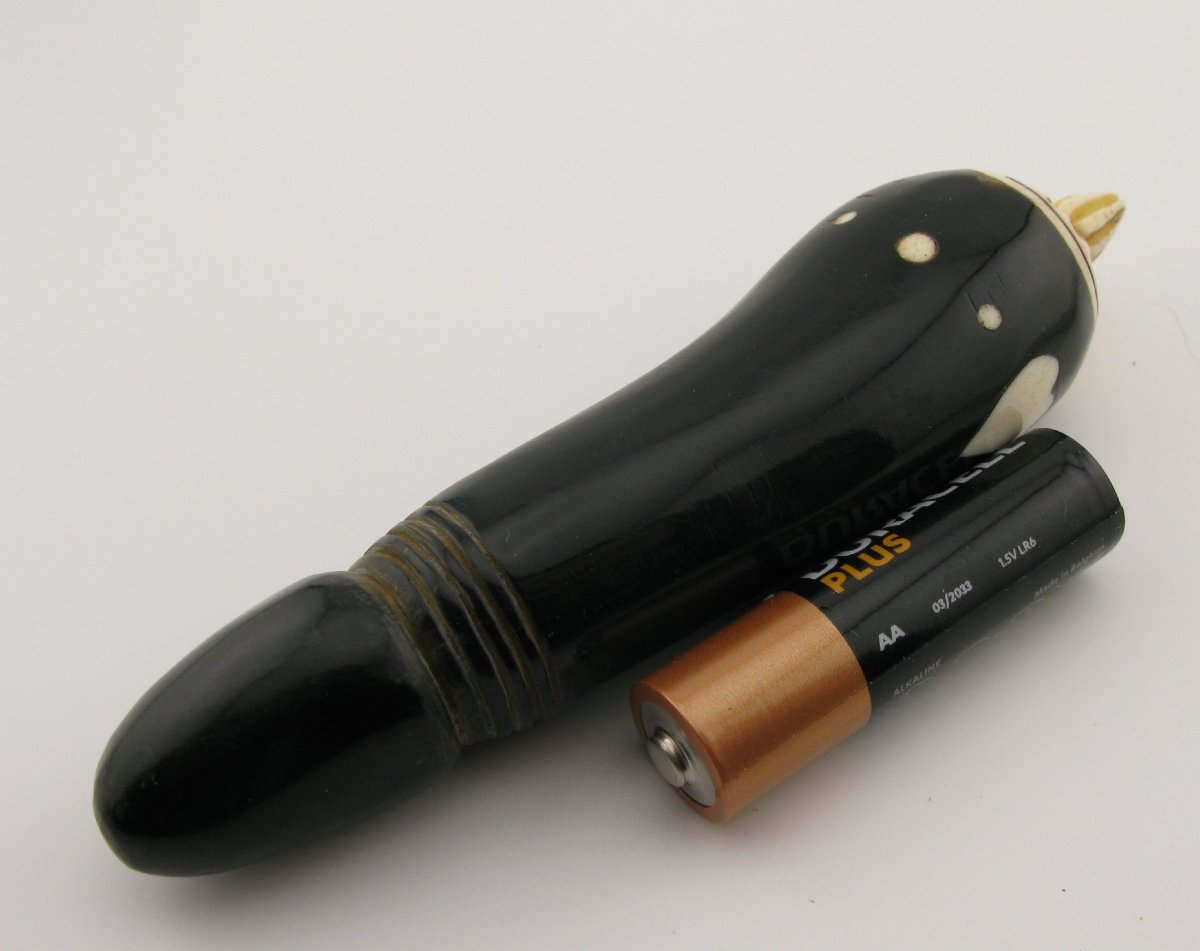














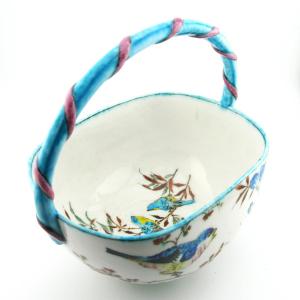
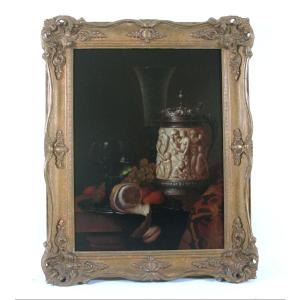
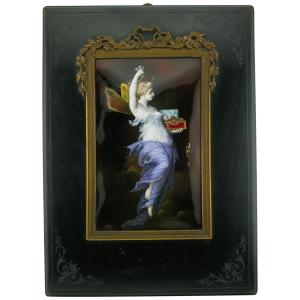
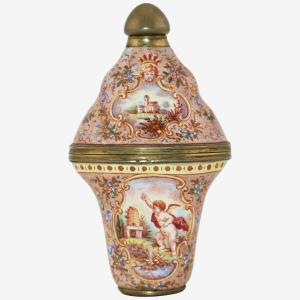



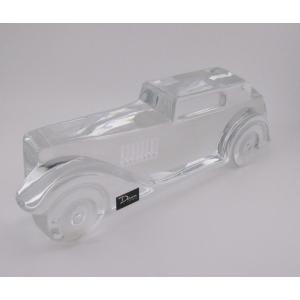
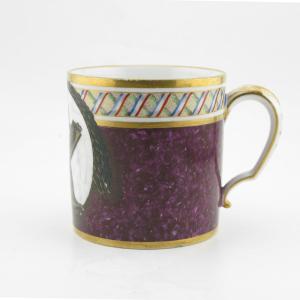





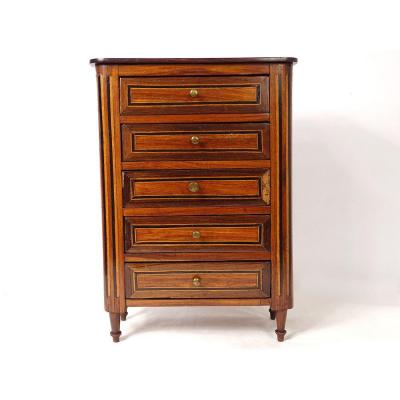



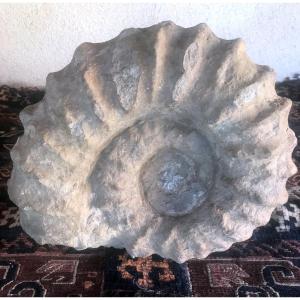



 Le Magazine de PROANTIC
Le Magazine de PROANTIC TRÉSORS Magazine
TRÉSORS Magazine Rivista Artiquariato
Rivista Artiquariato